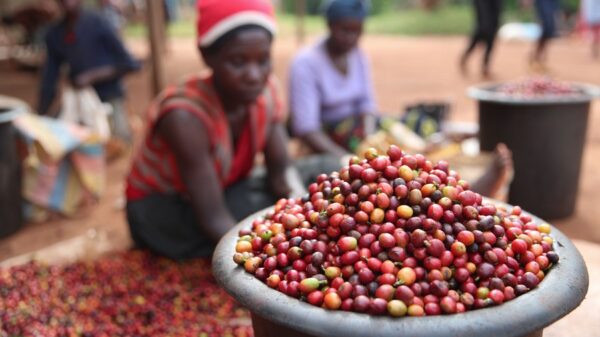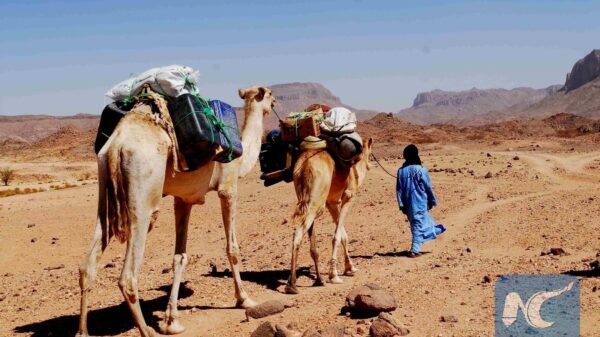NAIROBI, Kenya, May 15 – The government now projects the Kenyan economy to grow by a mere percentage point from last year’s 4.4 percent, citing high interest rates and anxiety as the next General Election approaches.
Last year, Kenya’s economic growth dropped to 4.4 percent, compared to 5.8 percent in 2010.
Speaking while launching The Economic Survey 2012, Planning Minister Wycliffe Oparanya attributed the drop to, among other things, a dip in most of the key economic sectors due to high oil prices, inflation and depreciation of the shilling.
All the major sectors currently driving the economy decelerated in growth including the financial sector which went down to 7.8 percent from nine percent in 2010, wholesale and retail dropping to 7.3 from eight percent previously, transport and communication 4.6 from 6.9 in 2010 and education declining to 4.5 percent from 4.9 percent.
“Our best year was 2007 where our economy grew by seven percent compared to 1.5 percent in 2008,” said Oparanya. In 2009, GDP growth was at 2.7 percent, in 2010 it shot up to 5.8 percent and then dropped to 4.4 percent last year.
Annual inflation increased to 14 percent last year from 4.1 percent in 2010, due to an increase in oil prices, inadequate rainfall and weakening of the Kenya shilling against major currencies.
The economy is now projected to grow between 3.5 percent and 4.5 percent this year. The slower growth may be due to excess rains being experienced currently and fear of its insufficiency later in the year, high interest rates which might constraint credit to the productive sectors, increase in government expenditure especially in implementing the constitution and elections and high oil prices.
The agricultural sector performed poorly, growing by 2.4 percent compared to 6.4 percent in 2010. However milk production increased by 6.5 percent while wheat production pulled the sector downwards after dropping 47 percent.
“The government should expand programmes of provision of improved seeds and fertilizers to farmers to increase production. We should also increase our expenditure on irrigation. There should be tax incentives in the agricultural sector,” added Oparanya.
Growth in the transport, storage and
communications sector also dipped to 4.1 percent last year compared to 5.9 percent in 2010.
However tourism earnings which are a key source of foreign exchange earnings rose by 32.8 percent from Sh73.7 billion in 2010 to Sh97.9 billion last year.
Despite the challenges experienced, 520,000 new jobs were created compared to 498,000 in 2010, representing a 4.7 percent increase.
The informal sector contributed 80 percent of all the jobs created.
Planning Assistant Minister Peter Kenneth added that there was need to put in place proper policy interventions in the key areas including infrastructure, food, energy and employment to improve Kenya’s growth trends in future.
“The Vision 2030 can actually be delayed because it is pegged on a growth rate of 10 percent. The more we grow at five percent or less or thereabout, the more achieving Vision 2030 becomes difficult,” said Kenneth.
Terry Ryan, a member of the Central Bank’s Monetary Policy Committee said the best policy should be the government encouraging Kenyans and the private sector at large to save a third of their income and channel it to investment.
“The highest growth that Kenya has ever had is eight percent, and that was in the coffee boom in 1976. In order to get the sort of numbers the ministry is talking about, we would have to get the investment levels very very high and I am talking about saving one third of your total income, “said Ryan.
Across the East African region, Uganda performed better than Kenya with its growth last year hitting 6.4 percent compared to 5.2 percent in 2010 and Burundi growing by 4.2 percent from 3.9 percent in 2010.
However Tanzania’s growth went down to 6.1 percent, compared to 6.4 percent in 2010 while Rwanda slowed down to seven percent from 7.5 percent previously.



































